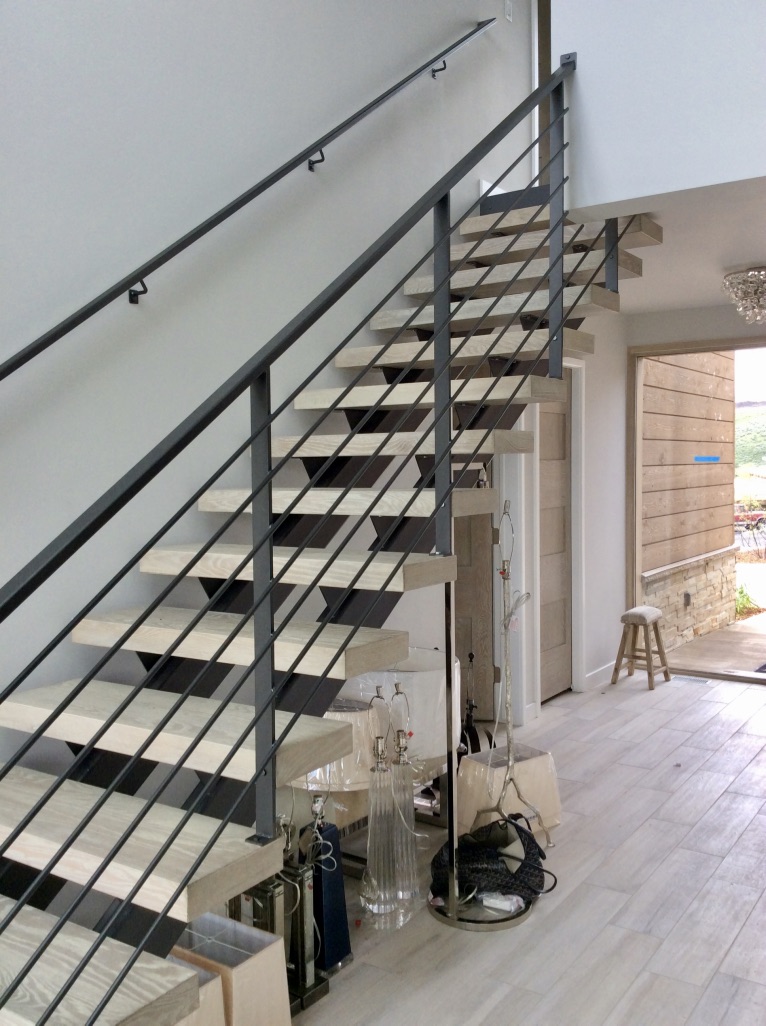Getting Ready to Paint
Jason Moorhouse

Getting Ready to Paint Is Important
\
Professional painters have learned that time spent preparing a surface for paint is just as important as the painting. Sheds tend to be built with a siding material called T1-11, which is plywood with a built-in lap joint. This lap joint aids T1-11 in creating a watertight seal from sheet to sheet. Over time if the T1-11 is not maintained, it will begin to absorb moisture and decay.
\
Any wood based siding material, including T1-11, must be properly prepared for a repaint to achieve maximum effectiveness. Many DIYers pressure wash their storage sheds, while others use simple soap and water and a brush. The goal is to remove any oils or loose debris that might contaminate your paint and weaken the adhesion.
\
Professionals will use materials such as sealers and primers to prepare a surface to be painted. These products essentially seal a surface and prevent other colors from bleeding through. This usually means the project will need less paint, which is more expensive than primer or sealer.
\
Use the Appropriate Tools and Paint
\
Outdoor structures need the most protection you can give them, especially when they are protecting expensive machines like lawn mowers and power tools. Would the paint look better sprayed, rolled, or brushed? Sheds tend to take a beating, so the pros will usually use the most durable paint at their disposal. However, some of the most durable paints cannot be thinned for spraying, so the pros choose carefully.
\
Because sheds are often small structures, professional painters will typically roll the paint on because it is faster. Normally, a professional painter will use a sprayer whenever they can, but sprayers take a while to set up, use, and clean. Rolling small projects like sheds allow the painter to apply a couple of thick coats faster than just setting up a sprayer and cleaning it.
\
Don’t Get In a Hurry
\
Do-it-yourselfers tend to apply too much paint in an attempt to completely cover a surface. Professionals however, tend to apply paint in multiple thin coats, versus one or two thick ones. Paint needs to dry before another coat is applied, because otherwise the roller will remove as much of the prior coat as it adds with the second. Pros tend to work in teams, making the process very efficient.
\
On a shed, professional painters will often start in one corner and work their way around the perimeter, staying two walls ahead of their helper. They simply follow each other, maintaining the pace. This usually allows about enough time for the first coat to dry enough to adhere to the second coat. By the time both painters have returned to the starting point, the first coat is dry, reducing wait time.
